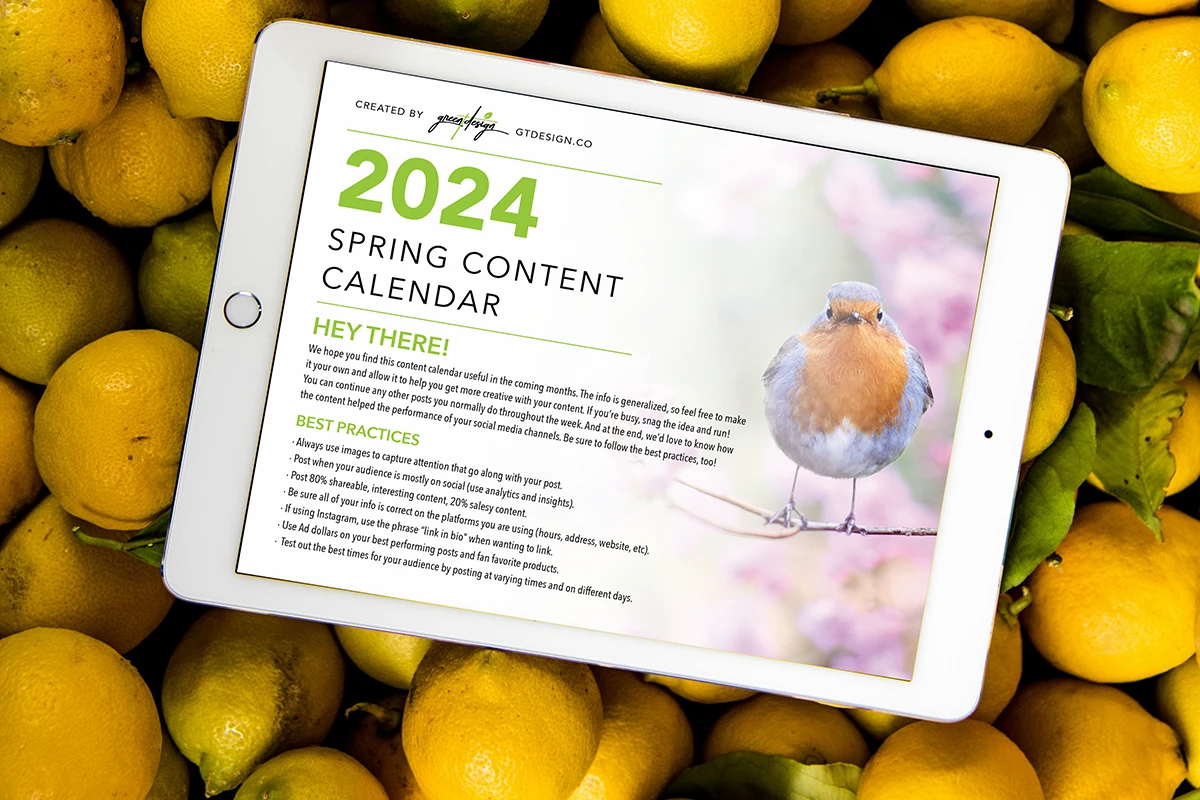It is so important that the images you are using on your website or in print materials make a good first impression. Our designer Charity takes a minute to talk about what can affect the quality of the images you use to represent you and your company!
Size really DOES matter!
Quarterly Social Media Content Calendar
Stay in Touch
We can send you the marketing tips you most want to see! Tell us more about yourself:






